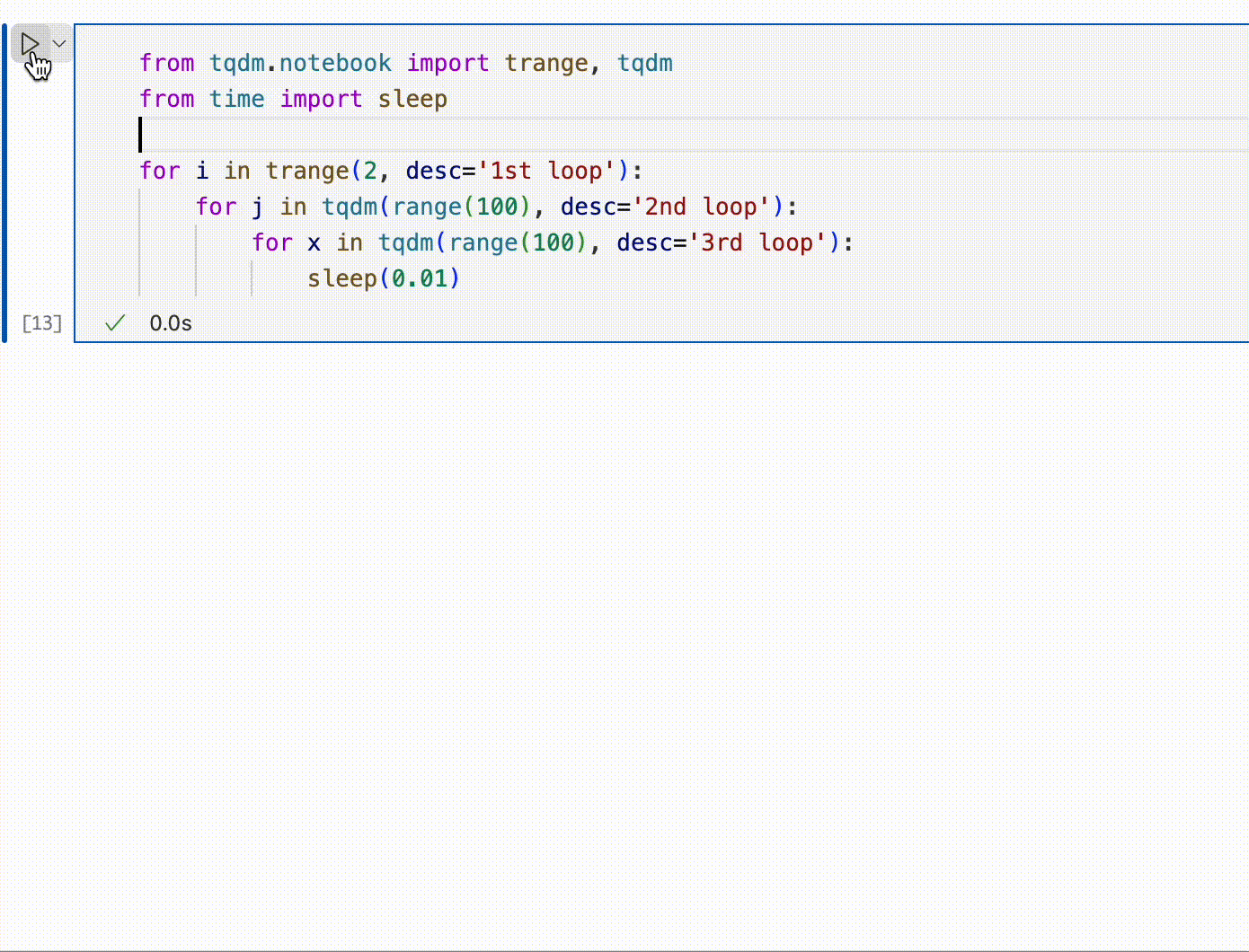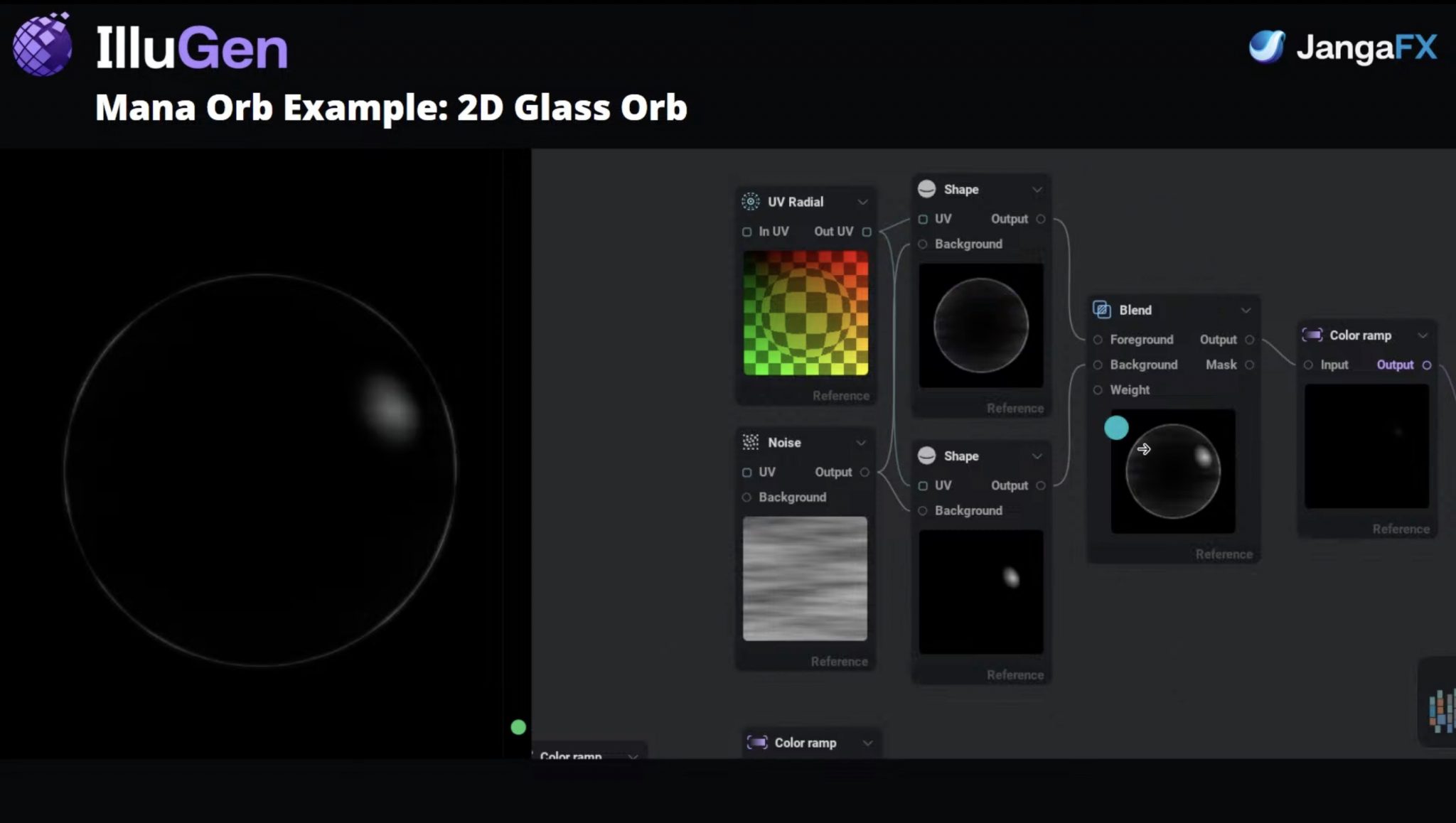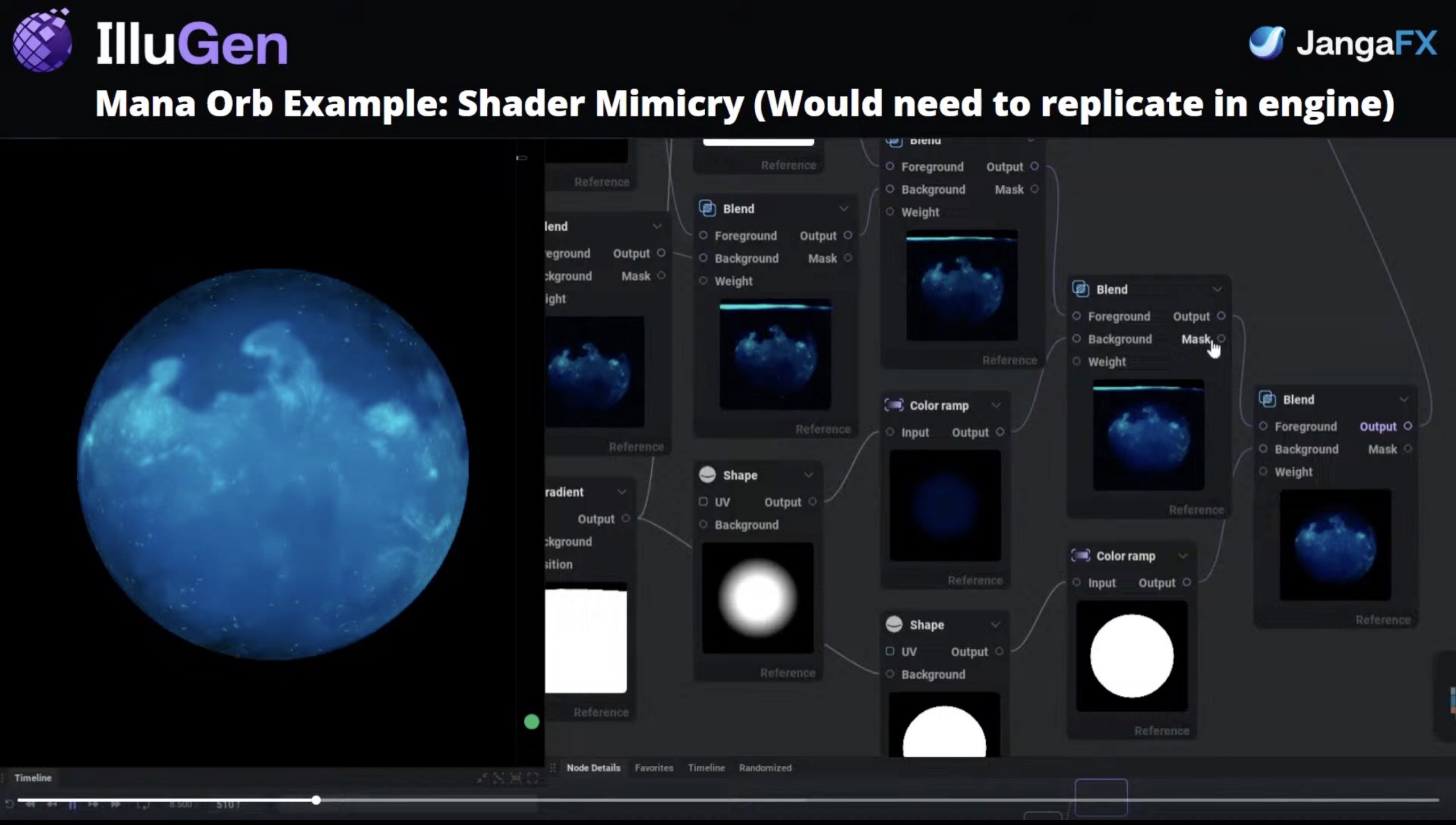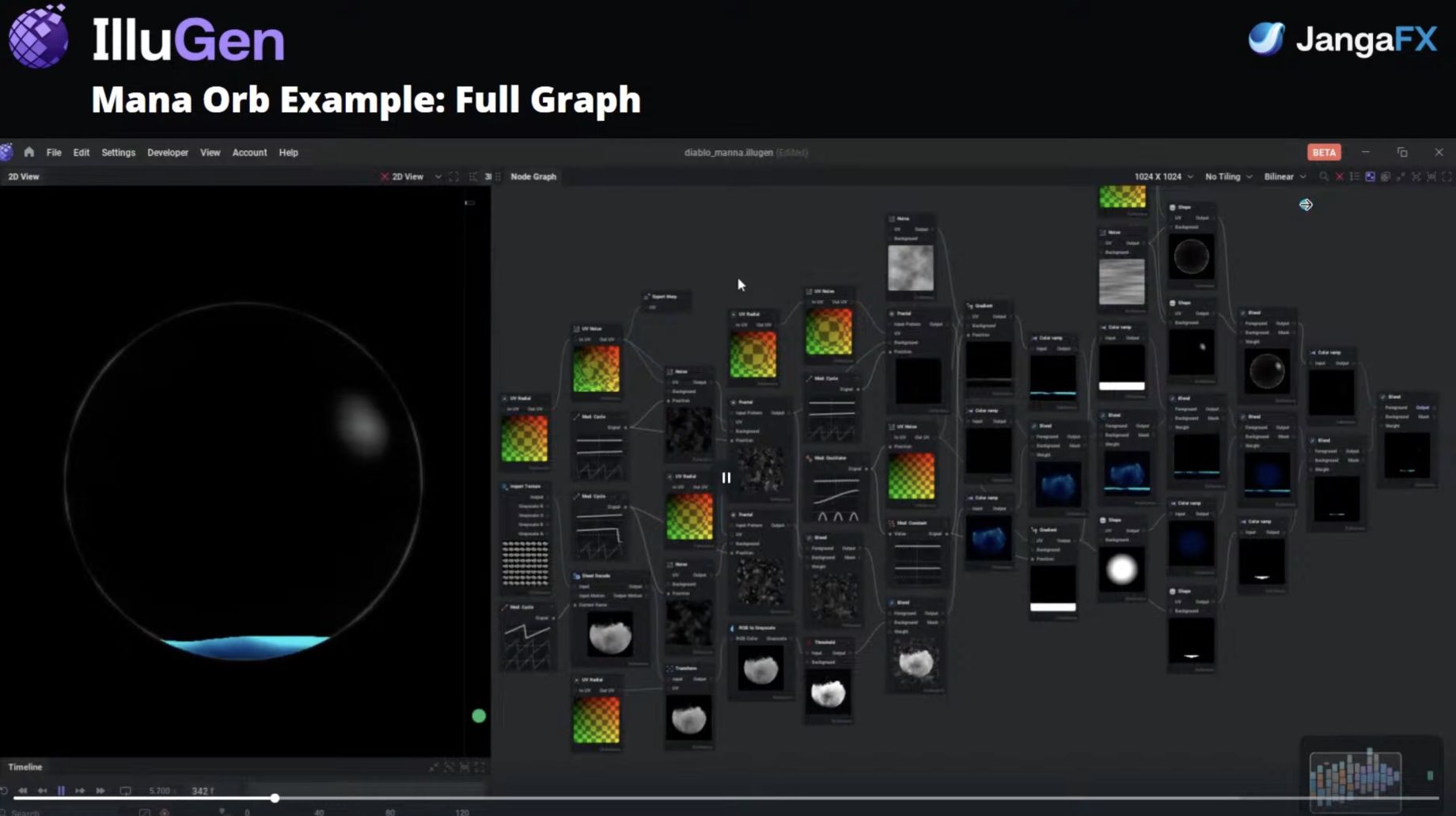BREAKING NEWS
LATEST POSTS
-
Windows Robocopy – efficiently copying files and directories
The Windows “Robust File Copy” utility for efficiently copying files and directories, with built-in retry, logging, and mirroring capabilities.
https://learn.microsoft.com/en-us/windows-server/administration/windows-commands/robocopy
https://www.pdq.com/blog/hitchhikers-guide-to-robocopy/
https://activedirectorypro.com/robocopy-examples/
The Windows “Robust File Copy” utility for efficiently copying files and directories, with built-in retry, logging, and mirroring capabilities.
By default, Robocopy skips copying existing files if the specific metadata of the files match.
/mir : Mirror the source directory tree to the destination (equivalent to /e + /purge):
/e : copies all subdirectories, including empty ones
/purge : deletes files/folders at the destination that no longer exist at the source
/sj : Copy NTFS junction points (“soft-links”) themselves rather than what they point to. This preserves the junction at the destination.
/sl : Copy symbolic links as links (don’t follow them and copy the target file/directory).
/mt:24 :Run the copy operation using 24 concurrent threads (range 1–128; default is 8), for higher throughput on multi-core systems. This switch cannot be combined with /ipg or /efsraw.
/J : unbuffered I/O (good for large files)
/R:<N> : to limit retries (default is 1 000 000)
/W:<S> : to set the wait time in seconds (default is 30)
/NJS : No Job Summary.
/NC : No Class – don’t log file classes.
/NFL : (No File List) Suppresses the per-file lines (e.g. “New File …”, “Copied …”). Benefit: Cuts down console I/O, often shaving 10–20 % off total runtime on large trees.
/NDL : (No Directory List) Suppresses the per-directory header lines. Benefit: Further reduces console chatter.
/NP : (No Progress) Suppresses the percentage-complete on each file. Drawback: You lose the “XX %” indicator
/NJH : (No Job Header) and /NJS (No Job Summary) Only affect the very first and very last block; negligible on runtime and you probably want at least the summary.
/NS (No Size) and /NC (No Class) Remove size and class columns from each line. If you’re suppressing file/directory lists anyway, these don’t help much.
/XD : ignore given types
/ETA : Show Estimated Time of Arrival of copied files.Note:
Robocopy’s support for NTFS reparse-points (symbolic links and junctions) is a bit quirky:- /SL only affects symbolic links (it tells RoboCopy to replicate the link itself rather than follow it).
- /SJ only affects junction points (ditto for directory-junction reparse points).
- If you use both /SL and /SJ, RoboCopy can still attempt to enumerate a link as a real folder—leading to that “ERROR 267: The directory name is invalid.”
Because of this, this errors can be ignored:
2025/05/15 12:09:11 ERROR 267 (0x0000010B) Copying Directory C:\redux-remember\ The directory name is invalid.Bat file example:
@echo off setlocal :: Define the source and destination directories set "src=%cd%" set "dst=C:\TEMP" echo Copying %src% to %dst% :: Use robocopy to copy the contents robocopy "%src%" "%dst%" /MIR /SJ /SL /MT:24 /J /R:0 /W:2 /NFL /NDL /ETA /NP /NC /XD "__pycache__" ".pnpm" pause endlocal -
Disney Hacker Admits Using Malware-Laced AI Art App to Achieve Breach
https://cyberinsider.com/disney-hacker-admits-using-malware-laced-ai-art-app-to-achieve-breach/
A 25-year-old Santa Clarita man has agreed to plead guilty to hacking a Disney employee’s personal computer, stealing login credentials, and exfiltrating 1.1 terabytes of confidential data from internal Slack channels.
The charges stem from a targeted cyberattack carried out in the spring and summer of 2024 that compromised Disney’s internal communications and led to the public leak of sensitive corporate data.
“Kramer, operating under the alias “NullBulge,” created and distributed a malicious program disguised as an AI art generation tool. He uploaded this trojanized application to GitHub and other public repositories in early 2024, enticing users interested in generative AI. At least three victims, including one Disney employee, downloaded the program. Once executed, the software provided Kramer with remote access to the victims’ machines and stored credentials.”
After infiltrating the employee’s personal system, Kramer accessed corporate Slack credentials to infiltrate Disney’s internal Slack workspace and downloaded around 1.1 terabytes of data from nearly 10,000 channels including unreleased media projects, internal code, links to APIs, and credentials for internal web services.
-
President Trump Says He Will Implement 100% Tariffs on Films Produced Outside the U.S.
https://variety.com/2025/film/news/trump-tariff-foreign-film-national-security-1236386566

Jon Voight has presented his Hollywood rescue plan…
While President Trump dropped his 100% foreign film tariff bombshell over the weekend, Oscar-winner Jon Voight was already at Mar-a-Lago pitching his industry revival plan. The presidential “Hollywood ambassador” has been making the rounds with unions, studios, and officials to craft his proposal—and now we’ve got the details:
•For filmmakers, Voight proposes stackable federal tax credits (10-20%) on top of existing state incentives. His plan would expand Section 181 provisions, allowing producers to write off 100% of costs in the first year. Instead of blanket tariffs, he suggests targeted penalties of 120% on productions that could have filmed in America but chose foreign locations just for tax incentives.
•For infrastructure, the plan includes tax credits for building or renovating theaters, studios, and post-production facilities. It would create job training programs to ensure Americans have skills for high-paying industry positions, with special emphasis on developing production capabilities in heartland states.
•For streaming platforms, Voight wants to revive regulations that once prevented networks from owning the shows they aired. Streamers would need to pay producers premiums (25-40% of production costs) for exclusive licenses, return more ownership rights after license periods end, and share copyrights 50/50 with content creators.
•For international work, the plan proposes co-production treaties with countries like the UK to enable collaboration without triggering tariffs. It includes exemptions from penalties for legitimate international partnerships that truly require foreign locations. -
Vulkan Gaussian Splatting – Real-Time GPU-Accelerated Gaussian Splatting with NVIDIA DesignWorks Sample vk_gaussian_splatting
https://github.com/nvpro-samples/vk_gaussian_splatting
vk_gaussian_splatting is a new Vulkan-based sample that demonstrates real-time Gaussian splatting, a cutting-edge volume rendering technique that enables highly efficient representations of radiance fields. It is the latest addition to the NVIDIA DesignWorks Samples.

-
Foundry Nuke W_hotbox – A fully customisable ‘favourites menu’
https://www.nukepedia.com/python/ui/w_hotbox
W_hotbox is basically a fully customisable ‘favourites menu’ that pops up for as long as you press the shortcut and disappears as soon as you release. The buttons that make up the menu represent python scripts and change depending on you selection. The ‘Hotbox Manager’ offers you an user friendly interface which allows you to add new buttons on the fly. Those buttons are directly accessible via buttons that appear in the menu under your cursor.
-
Yasuharu YOSHIZAWA – Comparison of sRGB vs ACREScg in Nuke
Answering the question that is often asked, “Do I need to use ACEScg to display an sRGB monitor in the end?” (Demonstration shown at an in-house seminar)
Comparison of scanlineRender output with extreme color lights on color charts with sRGB/ACREScg in color – OCIO -working space in NukeDownload the Nuke script:
-
TED 2025 Rob Bredow – Artist-Driven Innovation in the Age of AI
https://robbredow.com/2025/05/ted-artist-driven-innovation/
https://www.ted.com/talks/rob_bredow_star_wars_changed_visual_effects_ai_is_doing_it_again
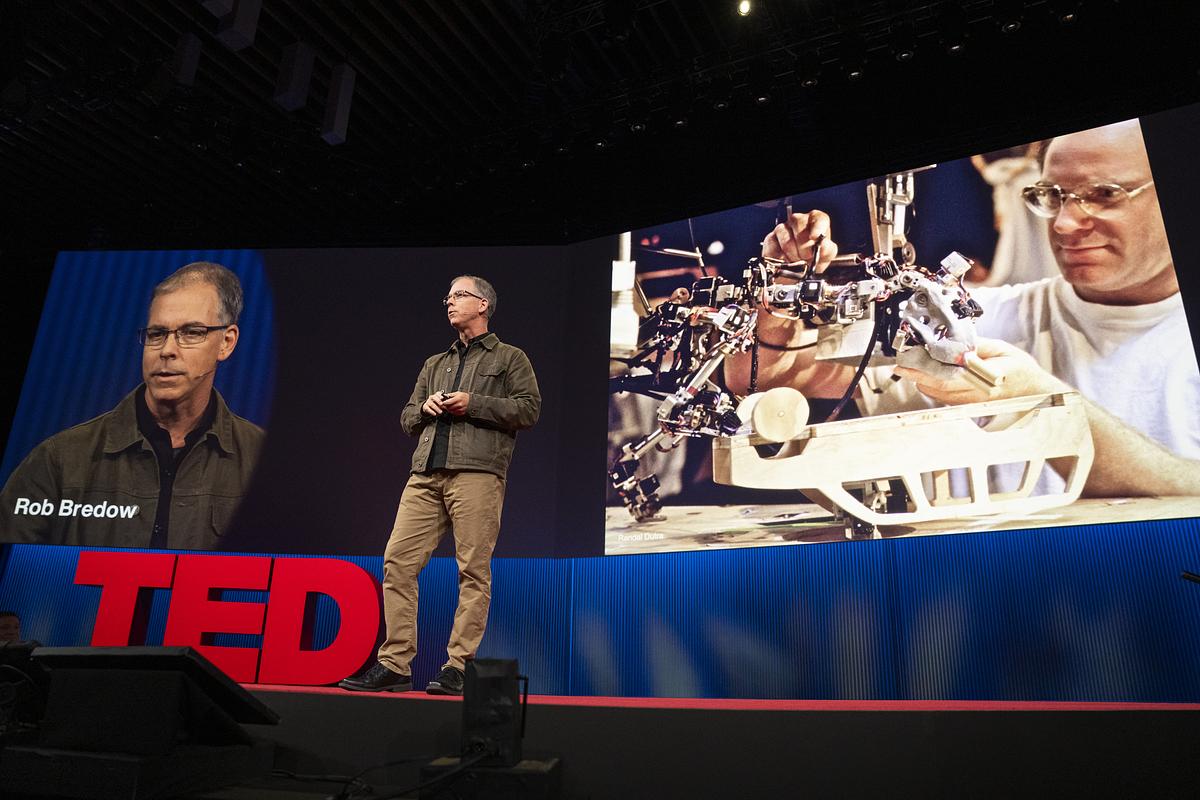
Rob Bredow speaks at SESSION 3 at TED 2025: Humanity Reimagined. April 7-11, 2025, Vancouver, BC. Photo: Gilberto Tadday / TED -
Chongqing the world’s largest city in pictures
https://www.theguardian.com/world/gallery/2025/apr/27/chongqing-the-worlds-largest-city-in-pictures
The largest city in the world is as big as Austria, but few people have ever heard of it. The megacity of 34 million people in central of China is the emblem of the fastest urban revolution on the planet.




-
Fluent 4.0 released for Blender hard surface modeler
Beyond the boolean support, this add-on also provides cloth panel, grid, head screw, wire and pipe tool.
https://cgthoughts.gumroad.com/
https://superhivemarket.com/creators/cg-thoughts?ref=82
FEATURED POSTS
-
LUX vs LUMEN vs NITS vs CANDELA – What is the difference
More details here: Lumens vs Candelas (candle) vs Lux vs FootCandle vs Watts vs Irradiance vs Illuminance
https://www.inhouseav.com.au/blog/beginners-guide-nits-lumens-brightness/

Candela
Candela is the basic unit of measure of the entire volume of light intensity from any point in a single direction from a light source. Note the detail: it measures the total volume of light within a certain beam angle and direction.
While the luminance of starlight is around 0.001 cd/m2, that of a sunlit scene is around 100,000 cd/m2, which is a hundred millions times higher. The luminance of the sun itself is approximately 1,000,000,000 cd/m2.NIT
https://en.wikipedia.org/wiki/Candela_per_square_metre
The candela per square metre (symbol: cd/m2) is the unit of luminance in the International System of Units (SI). The unit is based on the candela, the SI unit of luminous intensity, and the square metre, the SI unit of area. The nit (symbol: nt) is a non-SI name also used for this unit (1 nt = 1 cd/m2).[1] The term nit is believed to come from the Latin word nitēre, “to shine”. As a measure of light emitted per unit area, this unit is frequently used to specify the brightness of a display device.
NIT and cd/m2 (candela power) represent the same thing and can be used interchangeably. One nit is equivalent to one candela per square meter, where the candela is the amount of light which has been emitted by a common tallow candle, but NIT is not part of the International System of Units (abbreviated SI, from Systeme International, in French).
It’s easiest to think of a TV as emitting light directly, in much the same way as the Sun does. Nits are simply the measurement of the level of light (luminance) in a given area which the emitting source sends to your eyes or a camera sensor.
The Nit can be considered a unit of visible-light intensity which is often used to specify the brightness level of an LCD.
1 Nit is approximately equal to 3.426 Lumens. To work out a comparable number of Nits to Lumens, you need to multiply the number of Nits by 3.426. If you know the number of Lumens, and wish to know the Nits, simply divide the number of Lumens by 3.426.
Most consumer desktop LCDs have Nits of 200 to 300, the average TV most likely has an output capability of between 100 and 200 Nits, and an HDR TV ranges from 400 to 1,500 Nits.
Virtual Production sets currently sport around 6000 NIT ceiling and 1000 NIT wall panels.The ambient brightness of a sunny day with clear blue skies is between 7000-10,000 nits (between 3000-7000 nits for overcast skies and indirect sunlight).
A bright sunny day can have specular highlights that reach over 100,000 nits. Direct sunlight is around 1,600,000,000 nits.
10,000 nits is also the typical brightness of a fluorescent tube – bright, but not painful to look at.
https://www.displaydaily.com/article/display-daily/dolby-vision-vs-hdr10-clarified
Tests showed that a “black level” of 0.005 nits (cd/m²) satisfied the vast majority of viewers. While 0.005 nits is very close to true black, Griffis says Dolby can go down to a black of 0.0001 nits, even though there is no need or ability for displays to get that dark today.
How bright is white? Dolby says the range of 0.005 nits – 10,000 nits satisfied 84% of the viewers in their viewing tests.
The brightest consumer HDR displays today are about 1,500 nits. Professional displays where HDR content is color-graded can achieve up to 4,000 nits peak brightness.High brightness that would be in danger of damaging the eye would be in the neighborhood of 250,000 nits.
Lumens
Lumen is a measure of how much light is emitted (luminance, luminous flux) by an object. It indicates the total potential amount of light from a light source that is visible to the human eye.
Lumen is commonly used in the context of light bulbs or video-projectors as a metric for their brightness power.Lumen is used to describe light output, and about video projectors, it is commonly referred to as ANSI Lumens. Simply put, lumens is how to find out how bright a LED display is. The higher the lumens, the brighter to display!
Technically speaking, a Lumen is the SI unit of luminous flux, which is equal to the amount of light which is emitted per second in a unit solid angle of one steradian from a uniform source of one-candela intensity radiating in all directions.
LUX
Lux (lx) or often Illuminance, is a photometric unit along a given area, which takes in account the sensitivity of human eye to different wavelenghts. It is the measure of light at a specific distance within a specific area at that distance. Often used to measure the incidental sun’s intensity.
-
What the Boeing 737 MAX’s crashes can teach us about production business – the effects of commoditisation
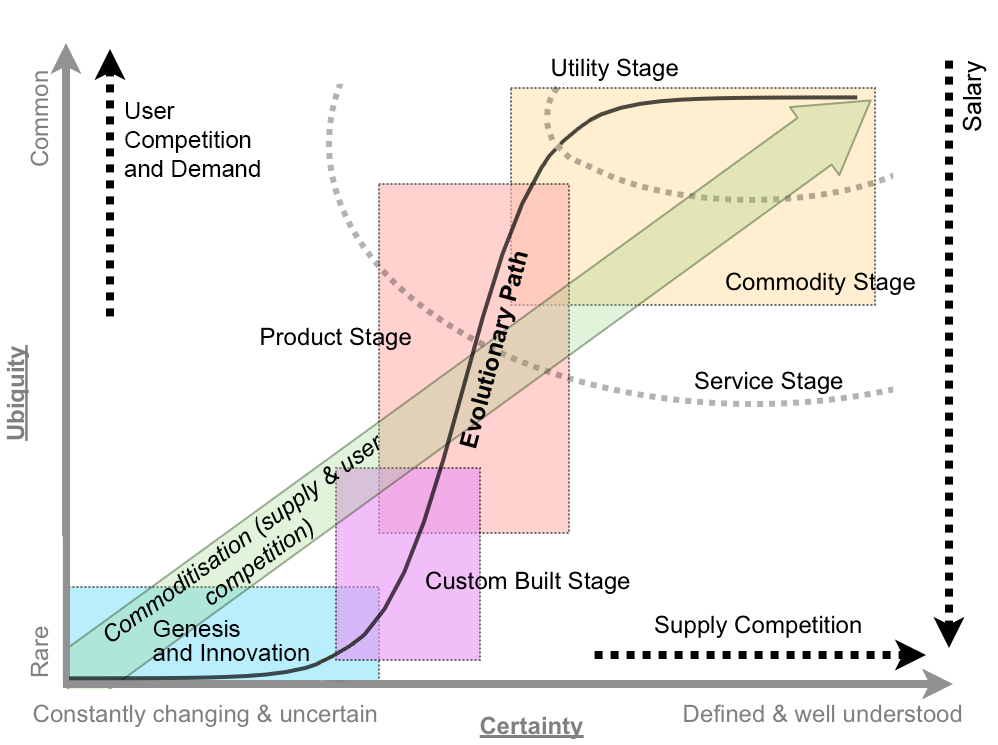
Airplane manufacturing is no different from mortgage lending or insulin distribution or make-believe blood analyzing software (or VFX?) —another cash cow for the one percent, bound inexorably for the slaughterhouse.
The beginning of the end was “Boeing’s 1997 acquisition of McDonnell Douglas, a dysfunctional firm with a dilapidated aircraft plant in Long Beach and a CEO (Harry Stonecipher) who liked to use what he called the “Hollywood model” for dealing with engineers: Hire them for a few months when project deadlines are nigh, fire them when you need to make numbers.” And all that came with it. “Stonecipher’s team had driven the last nail in the coffin of McDonnell’s flailing commercial jet business by trying to outsource everything but design, final assembly, and flight testing and sales.”
It is understood, now more than ever, that capitalism does half-assed things like that, especially in concert with computer software and oblivious regulators.
There was something unsettlingly familiar when the world first learned of MCAS in November, about two weeks after the system’s unthinkable stupidity drove the two-month-old plane and all 189 people on it to a horrific death. It smacked of the sort of screwup a 23-year-old intern might have made—and indeed, much of the software on the MAX had been engineered by recent grads of Indian software-coding academies making as little as $9 an hour, part of Boeing management’s endless war on the unions that once represented more than half its employees.
Down in South Carolina, a nonunion Boeing assembly line that opened in 2011 had for years churned out scores of whistle-blower complaints and wrongful termination lawsuits packed with scenes wherein quality-control documents were regularly forged, employees who enforced standards were sabotaged, and planes were routinely delivered to airlines with loose screws, scratched windows, and random debris everywhere.
Shockingly, another piece of the quality failure is Boeing securing investments from all airliners, starting with SouthWest above all, to guarantee Boeing’s production lines support in exchange for fair market prices and favorite treatments. Basically giving Boeing financial stability independently on the quality of their product. “Those partnerships were but one numbers-smoothing mechanism in a diversified tool kit Boeing had assembled over the previous generation for making its complex and volatile business more palatable to Wall Street.”








